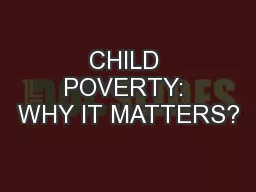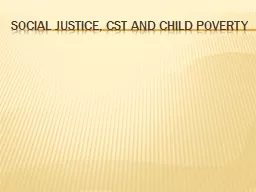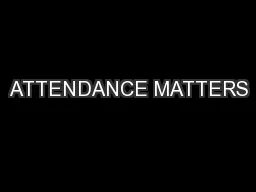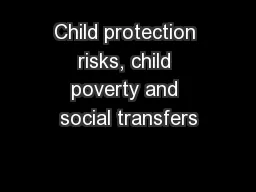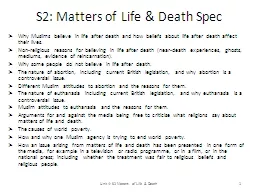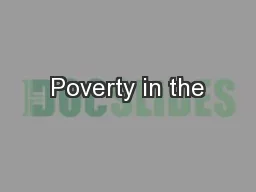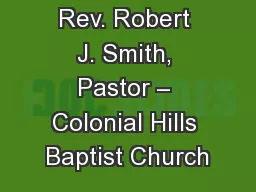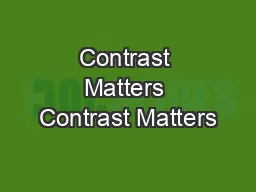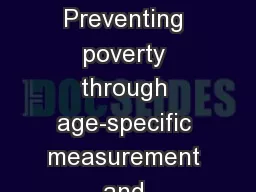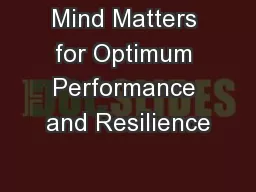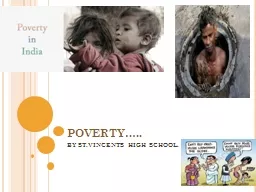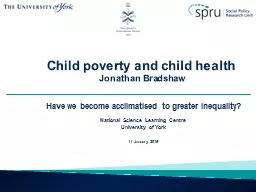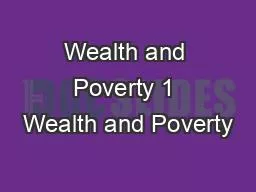PPT-CHILD POVERTY: WHY IT MATTERS?
Author : test | Published Date : 2018-01-20
Alberto Minujín Conference on Child Poverty in the Middle East and North Africa from measurement to policy action May 15 17 2017 Rabat Morocco WHAT IS POVERTY
Presentation Embed Code
Download Presentation
Download Presentation The PPT/PDF document "CHILD POVERTY: WHY IT MATTERS?" is the property of its rightful owner. Permission is granted to download and print the materials on this website for personal, non-commercial use only, and to display it on your personal computer provided you do not modify the materials and that you retain all copyright notices contained in the materials. By downloading content from our website, you accept the terms of this agreement.
CHILD POVERTY: WHY IT MATTERS?: Transcript
Download Rules Of Document
"CHILD POVERTY: WHY IT MATTERS?"The content belongs to its owner. You may download and print it for personal use, without modification, and keep all copyright notices. By downloading, you agree to these terms.
Related Documents

